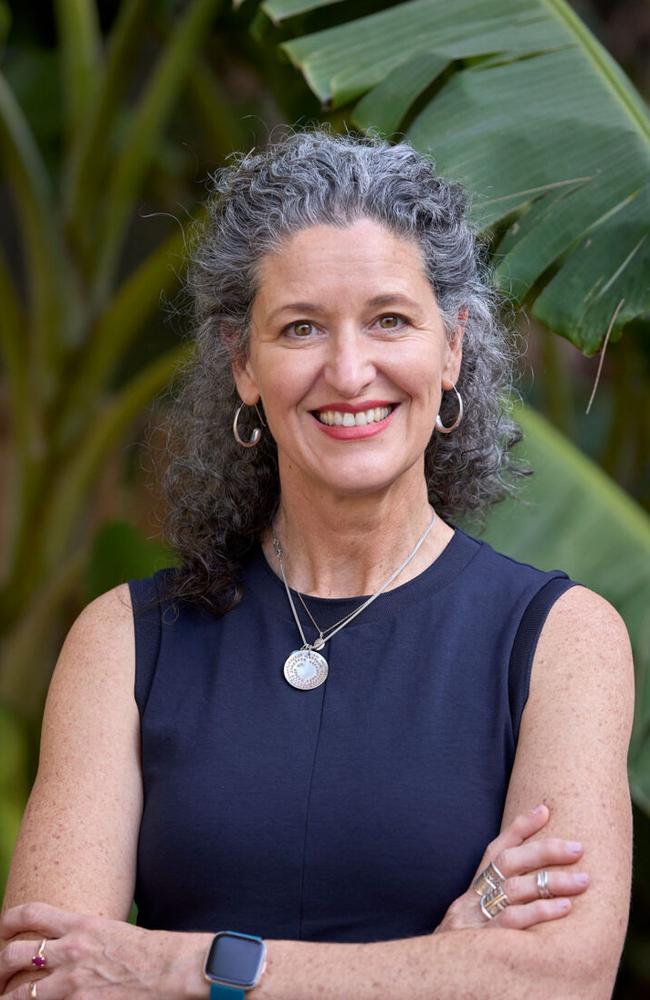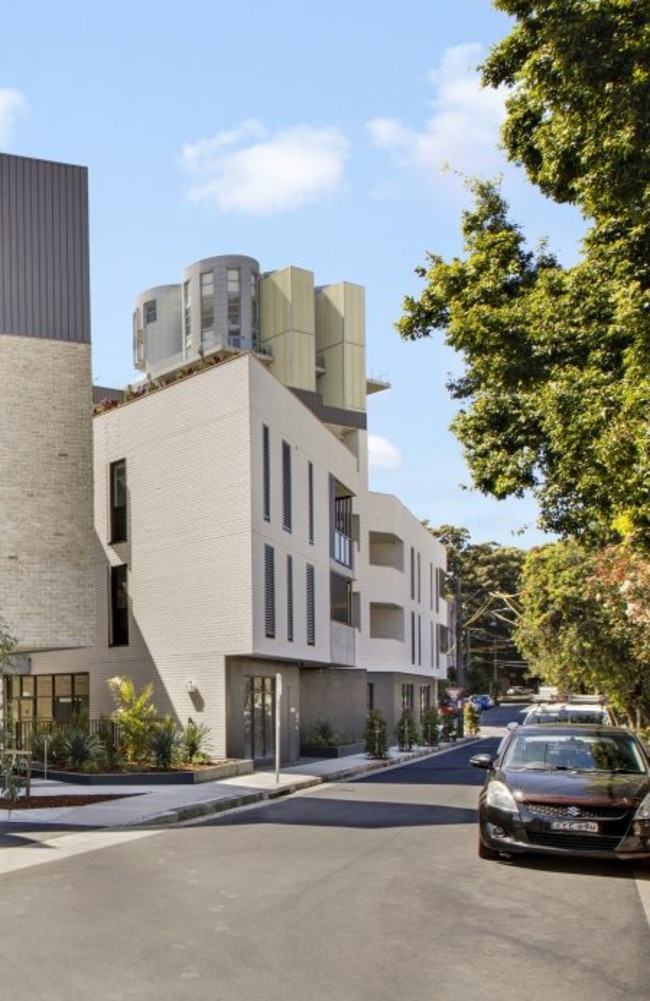Together Home program appeals for continued government funding
A housing program responsible for putting roofs over the heads of hundreds of people sleeping rough is calling on the government to permanently fund the initiative after it was closed to new participants.

St George Shire Standard
Don't miss out on the headlines from St George Shire Standard. Followed categories will be added to My News.
A housing program responsible for successfully putting roofs over the heads of hundreds of people sleeping rough is calling on the government to permanently fund the initiative after it was closed to new participants.
It comes as Together Home and its community housing providers celebrated the successful transition of 380 people facing homelessness into long-term housing in the last three years, with an independent review finding 85 per cent of participants sustained their tenancy.
Despite the proven track record, the program is bogged in funding uncertainty with providers urging the government to transform the ‘Housing First’ solution into a permanent response to homelessness.
The pleas follow NSW Communities and Justice’s disclosure that future funding of the program would be evaluated with the model to “be considered” as part of a “broader suite of Housing First initiatives within the new NSW Homelessness Strategy”.
Bridge Housing chief operating officer Simone Parsons said pulling funding from initiatives like Together Home would cost the government more money down the line.

“The main call is to make Together Home a permanently funded program,” Ms Parsons said.
“It’s really critical that programs like this continue to receive support because without this funding the number of people sleeping rough increases, the number of people in temporary housing increases, and government housing costs increases.
“(These programs help people) to become individuals that contribute to rather than draw on the costs of government.”
Ms Parsons said the Housing First model helped transition people facing homelessness into their own homes with workers providing face-to-face support.
Many participants have ended up moving out of community housing and started living independently or renting their own homes.
“Stability can be confronting because you start to make change … Housing First programs are really talking about working with people who have deep-rooted trauma, its not the person who has found themselves in a once-off not having a home … there might be multiple issues, disability, addiction, people who are cut off from family,” Ms Parsons said.
“Up to 25 per cent of the people who access the program are women …. and a large percentage, up to 40 per cent of the cohort, are people [living with] disabilities.
“You think about the vulnerability of those people and it makes sense to give them a roof over their heads.”

St George Community Housing resident Peter Meggs, 63, said the support staff were the greatest factor aiding his transition into stable housing. He said program members were at risk of losing their jobs if funding was slashed.
“I’ve been in this program for three years so this is the longest I’ve been under a roof of my own accord, it’s worth [a lot],” Mr Meggs said.
“Because I live on my own, sometimes I think I’m doing the wrong thing, but the support workers are there to say ‘you’re doing well’ and [to provide] face-to-face contact, instead of just dumping you into housing leaving you on your own.
“There’s the wellbeing of being back indoors … but the face-to-face support is more important … the mental not the physical (matters most).”





